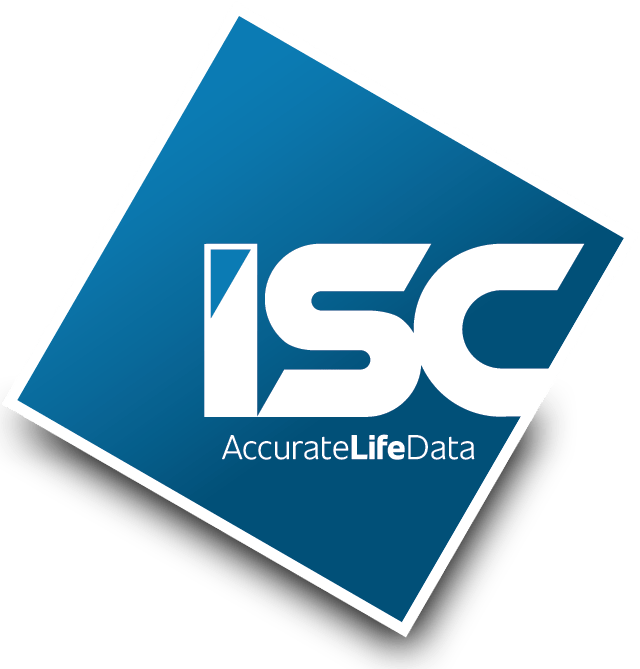In the last three weeks, I attended two very different conferences. The first event was a first of its kind forum concerning data and analyses related to the senior living industry. During the day-long series of presentations there were two sessions that contained references to issues relevant to the concept of longevity risk and the opportunities associated with assessing this risk for a very large and growing marketplace. The second event was the 29th Annual Life Insurance Settlement Association’s fall conference, the industry’s perennial gathering of industry players who assembled to discuss a range of issues currently impacting the life settlement business, broadly speaking.
A Senior Living Newcomer
At the first event I was a complete outsider. With no contacts or experience in a marketplace that serves the same population as the life settlement industry, I was there to listen for the sounds of awareness associated with longevity risk and learn more about this market. Over the course of a long, content-filled day, there were three presenters, one the opening speaker, a demographer, and the other two who split a session, operators of senior living facilities, who made references to themes common to the life settlement marketplace. However, the few comments related to longevity risk clearly indicated that this concept has not yet been fully recognized as a key driver in the senior living marketplace.
As an underwriting organization specialized in the assessment of longevity risk, we are used to openly discussing its implications. We observe and experience its effects on a daily basis and understand the economic realities it imposes on a number of industries. However, many of these industries have yet to fully appreciate the implications of longevity risk on their businesses, let alone how to evaluate or manage it effectively.
It’s clearly there, embedded in a host of decision-making processes, but for this marketplace it appears longevity risk is predominantly viewed through a “macro” lens, using general population data, and broad, non-specific statistics to characterize the consumers the industry serves.
Of course, much more research and dialogue will be needed to confirm that this marketplace is able to perceive the benefits of longevity risk assessment and related services, broadly speaking. The intersection between this industry and the life settlement marketplace is self-evident. We know that many consumers who choose to maximize the value of their unwanted or unneeded life insurance policies, use the proceeds from a life settlement to fund senior living and senior care.
What we don’t know is the extent to which the senior living industry is aware of and interacts with the life settlement marketplace. Given some of the issues addressed at this first conference concerning, cost of care, senior housing, industry labor concerns and other matters, it’s likely only a matter of time before this intersection fosters more interplay between the two industries.
Welcome Back to LISA
The second event, LISA’s 29th annual meeting, was attended by the industries’ long-standing core constituents including investors, brokers, providers, underwriting firms, and service providers. Workshops convened to discuss concerns regarding the reliability of carrier-sourced information and the viability of standardizing certain secondary market documentation kicked off the two-day event in Chicago. It was clear from comments made throughout the event, both on the dais and during networking opportunities among attendees, that continued vigilance and resources must be applied to battling carrier efforts to impede the industry and prevent consumers from taking advantage of the significant benefits of life settlements.
In a sense, both events reminded me of the ever-present potential for the life settlement industry to grow and support other industries serving seniors. The demographer who opened the senior living event threw up slide after slide supplemented with comments that illustrate the size, growth, and future growth of the older age populations served by both businesses, as well as the need for more services, more experience, more capital, and more options to support the marketplace.
As these markets evolve, it is foreseeable that longevity risk will become an increasingly important consideration in the development of the financial infrastructure of the senior living marketplace, encouraged in no small part by the continually growing body of work, innovations and outcomes experienced in the life settlement marketplace. The application of several core concepts developed by the life settlement industry, longevity risk assessment foremost among them, particularly applied to more, larger populations, may eventually prove a boon for both markets.




